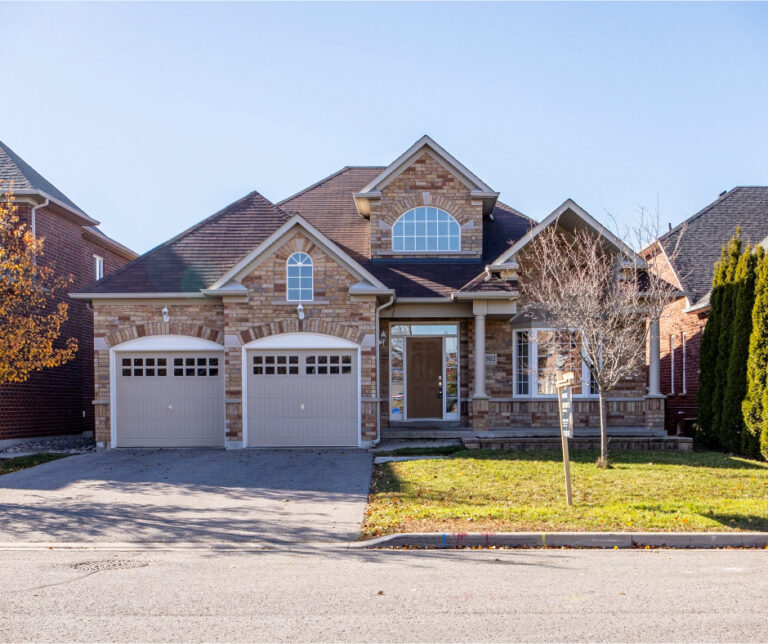HUD Versus Fannie Mae Guidelines on Mortgages in Bankruptcy

This guide covers HUD versus Fannie Mae guidelines on mortgages in Bankruptcy. There are major differences between HUD versus Fannie Mae guidelines on mortgages included in bankruptcy. Fannie Mae and Freddie Mac are the two mortgage giants in charge of Conventional loan requirements. Conventional loans are often referred to as conforming loans. This is because they must conform to Fannie Mae and Freddie Mac guidelines. Fannie Mae and Freddie Mac FHA, Fannie Mae, and Freddie Mac have mandatory waiting periods after the following to qualify for their mortgage programs:
- The waiting period after bankruptcy
- The waiting period after foreclosure
- The waiting period after a deed-in-lieu of foreclosure
- The waiting period after a short sale
This article will discuss and cover HUD versus Fannie Mae guidelines on mortgages included in bankruptcy. We will cover HUD versus Fannie Mae guidelines on qualifying for a mortgage after bankruptcy and foreclosure. However, many borrowers are confused about the waiting period in qualifying for HUD versus Fannie Mae guidelines on mortgages included in bankruptcy. What if you have a mortgage or multiple mortgages in your Chapter 7 Bankruptcy? The following paragraphs will discuss HUD versus Fannie Mae guidelines on mortgages included in bankruptcy.
HUD Versus Fannie Mae Waiting Period Guidelines on Mortgages in Bankruptcy
Before we cover HUD versus Fannie Mae guidelines on Mortgages in bankruptcy, we will review the waiting period after bankruptcy and foreclosure mortgage guidelines on FHA and Conventional loans. This section will cover qualifying for an FHA loan after bankruptcy, foreclosure, deed-in-lieu of foreclosure, and short sale. There is a two-year waiting period to qualify for an FHA loan after the discharge date of a Chapter 7 Bankruptcy.
HUD Versus Fannie Mae Guidelines on Chapter 13 Bankruptcy
There are waiting periods after bankruptcy differences between HUD versus Fannie Mae guidelines. Fannie Mae and Freddie Mac require a four-year waiting period after a Chapter 13 Bankruptcy dismissal date to qualify for conventional loans. There is a two-year waiting period to qualify for conventional loans after the Chapter 13 Bankruptcy discharge date.
There is a difference on HUD versus Fannie Mae guidelines on Chapter 13 Bankruptcy. Fannie Mae and Freddie Mac does not allow for you to qualify for conventional loans during Chapter 13 Bankruptcy repayment plan.
Borrowers one year into a Chapter 13 Bankruptcy repayment plan can qualify for an FHA loan one year into the Chapter 13 Bankruptcy repayment plan with the approval of the Chapter 13 Bankruptcy Trustee. Borrowers who just got a discharge on their Chapter 13 Bankruptcy can qualify for an FHA loan right after a Chapter 13 Bankruptcy discharge date with no waiting period. However, if the Chapter 13 Bankruptcy discharge has not been seasoned for two years, the file needs to be downgraded to a manual underwrite.
HUD Versus Fannie Mae Guidelines on Waiting Period After Foreclosure
There is a three-year waiting period to qualify for an FHA loan after the recorded foreclosure date, deed-in-lieu of foreclosure, or the date of the sheriff’s sale. The three-year waiting period time clock starts from the recorded date of the foreclosure or deed-in-lieu of foreclosure that is reflected in the county recorder’s office. Or the date of the sheriff’s sale, where the name of the borrower is transferred out to the name of the lender or new home buyer. There is a three-year waiting period after a short sale to qualify for an FHA loan. The waiting period clock starts from the date of the short sale, which is the date of the closing of the short sale.
Conventional Lending Guidelines After Housing Event And Bankruptcy
 This section will cover the Fannie Mae and Freddie Mac guidelines for qualifying for conventional loans after bankruptcy, foreclosure, deed-in-lieu of foreclosure, and short sale. There is a four-year waiting period to qualify for a Conventional loan after the discharge date of a Chapter 7 Bankruptcy four years of waiting period after a short sale or deed-in-lieu of foreclosure.
This section will cover the Fannie Mae and Freddie Mac guidelines for qualifying for conventional loans after bankruptcy, foreclosure, deed-in-lieu of foreclosure, and short sale. There is a four-year waiting period to qualify for a Conventional loan after the discharge date of a Chapter 7 Bankruptcy four years of waiting period after a short sale or deed-in-lieu of foreclosure.
The four-year time clock to qualify for a Conventional loan after a short sale starts from the short sale date reflected on the HUD-1 Settlement Statement. This is the date of the short sale closing.
There is a four-year waiting period to qualify for a Conventional loan after a deed-in-lieu of foreclosure. The four-year time clock starts from the actual recorded date of the deed-in-lieu of foreclosure or the date of the sheriff’s sale, which is reflected in the county records. There is a seven-year waiting period to qualify after the recorded foreclosure date, which is reflected in the county recorder of deeds office.
FHA Loan With Mortgage in Bankruptcy
Borrowers with a prior mortgage part included in their Chapter 7 Bankruptcy can qualify for an FHA loan three years after the recorded foreclosure or housing event date. This section will review how the HUD guidelines for mortgages in bankruptcy work. Here is how it works. Let’s take a case scenario.
Say the borrower had a mortgage part of your Chapter 7 Bankruptcy, which was discharged in January 2010. The mortgage balance is now zero. This is because the mortgage was part of the bankruptcy. But the deed is still in the homeowner’s name, not the lender’s. Say the home was finally foreclosed in January 2017. So, the deed was transferred out of your name.
To qualify for an FHA loan, borrowers must wait three years after the recorded foreclosure date, meaning they must wait three years from the January 2017 date. This means the earliest date they would qualify for an FHA Loan will be January 2020. Conventional guidelines on the mortgage included in bankruptcy are very different.
Qualifying For Conventional Loan With Mortgage Included in Bankruptcy
Conventional loan borrowers can qualify for a Conventional loan with a mortgage as part of their Chapter 7 Bankruptcy discharge after four years from their Chapter 7 Bankruptcy discharge date. This holds true even if the foreclosure was recorded after the Bankruptcy discharge date. We will take a case scenario to illustrate how it works. Here is a case scenario. Say you had a mortgage part of Chapter 7 Bankruptcy. It was discharged in January 2010. The mortgage balance is now zero. This is because the mortgage was included in the bankruptcy. But the deed is still in your name. It has not been transferred to the lender yet. Say the home was finally foreclosed in January 2013. So, the deed was transferred out of your name.
Difference Between HUD Versus Fannie Mae Guidelines On Mortgage In Bankruptcy
There are difference between HUD versus Fannie Mae guidelines on the mortgage included in bankruptcy differ from HUD guidelines. Borrowers can qualify for a Conventional loan under the Fannie Mae and Freddie Mac Guidelines in January 2014. This is because you have passed the four-year waiting period after the Chapter 7 Bankruptcy discharge date, even though the foreclosure date was recorded one year ago.
As long as you have a mortgage included in Chapter 7 Bankruptcy and as long as the deed has not been transferred out of your name at a later date, borrowers can qualify for a Conventional loan four years from the discharged date of the Chapter 7 Bankruptcy.
Mortgage Applicants with further questions on this topic, please call us at Preferred Mortgage Rates at 800-900-8569 or text us for a faster response. Or email us at gcho@gustancho.com. Preferred Mortgage Rates is available seven days a week, evenings, weekends, and holidays to take your mortgage inquiry. The team at Preferred Mortgage Rates has a lending network of 210 wholesale lenders. For any loan program in today’s marketplace, you can rest assured Preferred Mortgage Rates has it available.






